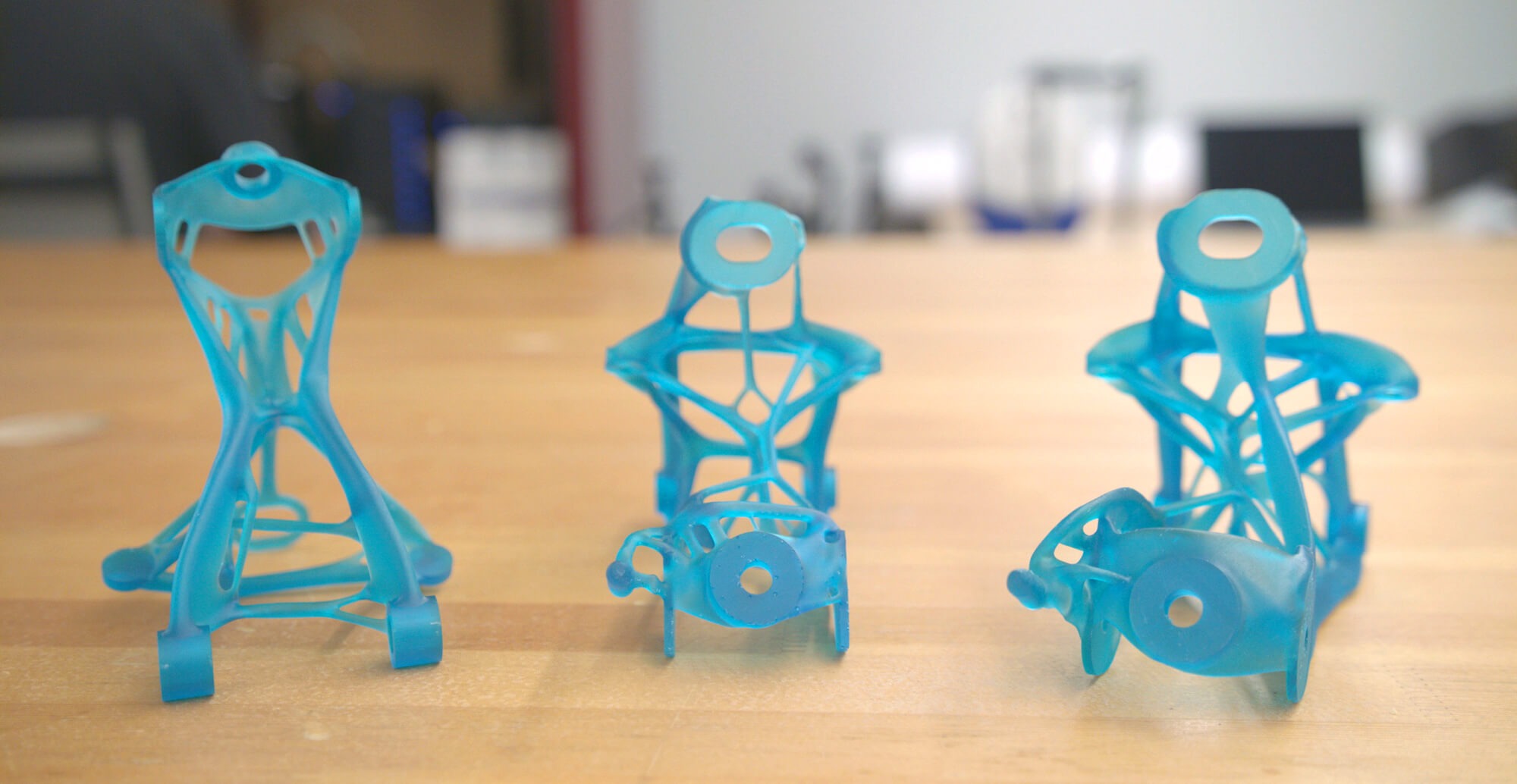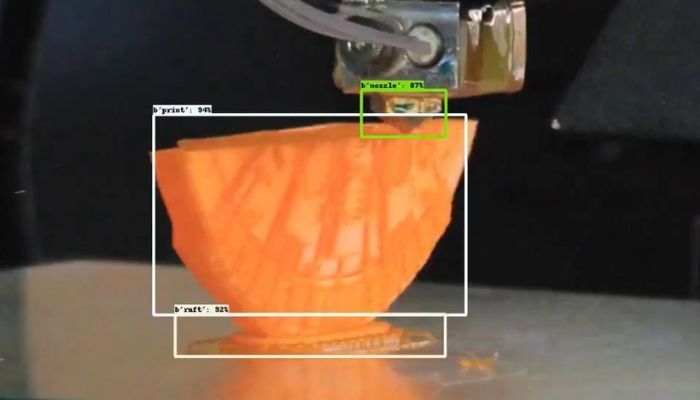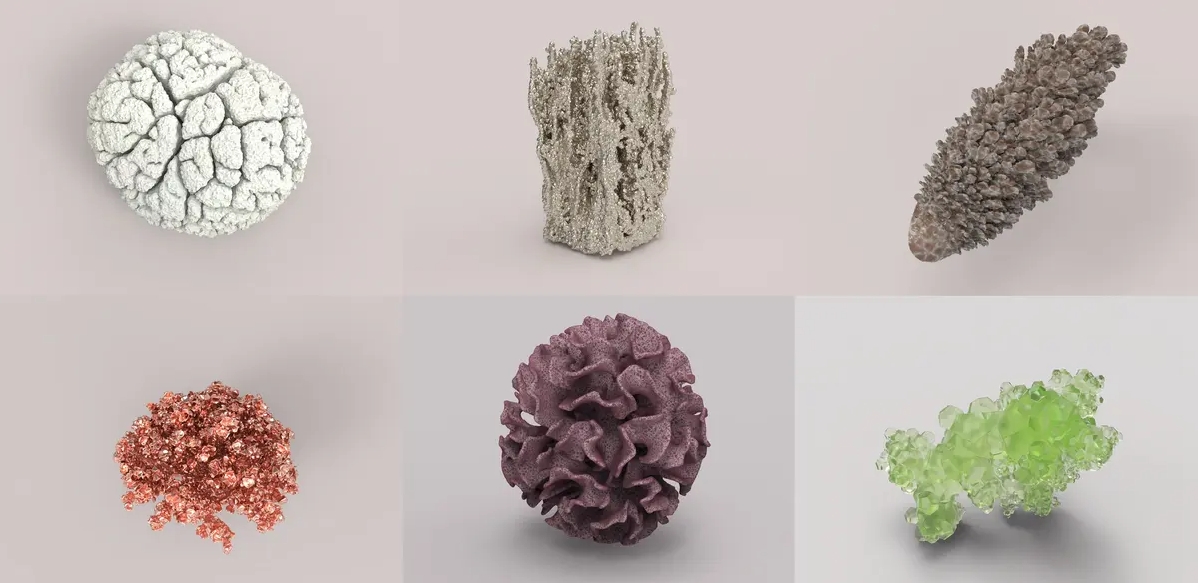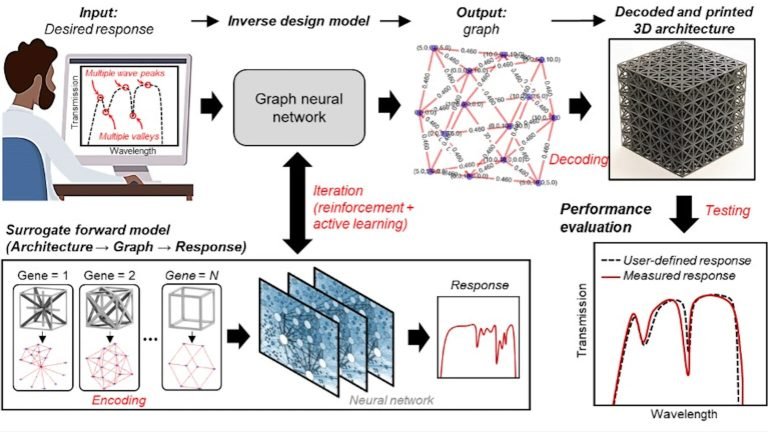3D printing, also known as additive manufacturing, is a technology that creates physical objects from digital models by depositing layers of material on top of each other. 3D printing has many applications in various industries, such as aerospace, automotive, medical, and fashion. However, 3D printing also faces some challenges, such as complex design, material waste, quality control, and scalability.
Artificial intelligence (AI) is a branch of computer science that aims to create machines or systems that can perform tasks that normally require human intelligence, such as reasoning, learning, and problem-solving. AI has many applications in various domains, such as natural language processing, computer vision, robotics, and gaming. However, AI also has some limitations, such as data availability, ethical issues, and explainability.
Recently, there has been a growing interest in combining 3D printing and AI to overcome the challenges and limitations of each technology and to create new possibilities and opportunities. In this post, we will explore some of the new trends of combining 3D printing with AI in different aspects.
Design Optimization
One of the new trends of cooperating 3D printing with AI is to use AI to optimize the design of complex products that can only be manufactured by 3D printing. For example, generative design is a technique that uses AI to generate multiple design alternatives based on predefined criteria and constraints, such as functionality, performance, cost, and aesthetics. The user can then select the best design option or further refine it using human intuition and creativity. Generative design can create novel and efficient shapes that are not possible or feasible with traditional design methods.

Process Control
Another new trending of cooperating 3D printing with AI is to use AI to control the 3D printing process and improve the quality and efficiency of the printed products. For example, machine learning is a technique that uses AI to learn from data and make predictions or decisions based on the learned patterns. Machine learning can be used to monitor and adjust the 3D printing parameters in real-time based on the feedback from sensors or cameras.

The post The Top AI Software Solutions for 3D Printing introduces some of the AI software solutions that are used in 3D printing for different purposes, such as InTinker for calibration, PrintSyst.ai for pre-tests, PrintNanny for operations, Obico.io for monitoring, PrintWatch for error detection, AiSync for optimization, PrintRite3D for quality control, Grey-1 for error correction, DeepCube for deep learning, Micro Lidar for inspection, NVIDIA Picasso for generative design, and DreamFusion for text-to-3D conversion.
Personalization and Customization
Another new trend of cooperating 3D printing with AI is to use AI to personalize and customize products according to the preferences and needs of individual customers. For example, recommender systems are a technique that uses AI to suggest products or services that match the user’s interests or requirements based on the data from previous interactions, feedback, or profiles. Recommender systems can be used to offer customized designs or features for 3D-printed products.

Simulation and Testing
A final new trend of cooperating 3D printing with AI is to use AI to simulate and test the performance and behavior of 3D printed products before they are actually printed. For example, reinforcement learning is a technique that uses AI to learn from trial and error by interacting with an environment and receiving rewards or penalties based on the actions taken. Reinforcement learning can be used to simulate and test the functionality, durability, and safety of 3D-printed products.
Material Development
A third new trend of cooperating 3D printing with AI is to use AI to develop new materials that are suitable for 3D printing or enhance the properties of existing materials. For example, deep learning is a technique that uses AI to learn from large amounts of data using multiple layers of artificial neural networks. Deep learning can be used to discover new material compositions or structures that have desired characteristics or functionalities.

Conclusion
In conclusion, we have seen some of the new trends of combining 3D printing with AI in different aspects. By combining these two technologies, we can achieve better design optimization, process control, and material development for additive manufacturing. This can lead to more innovative products that have higher quality, lower cost, and less environmental impact. However, there are also some challenges and risks involved in cooperating 3D printing with AI, such as data security, ethical implications, and human-machine interaction. Therefore, we need to be careful and responsible when using these technologies and ensure that they serve the best interests of humanity and society.